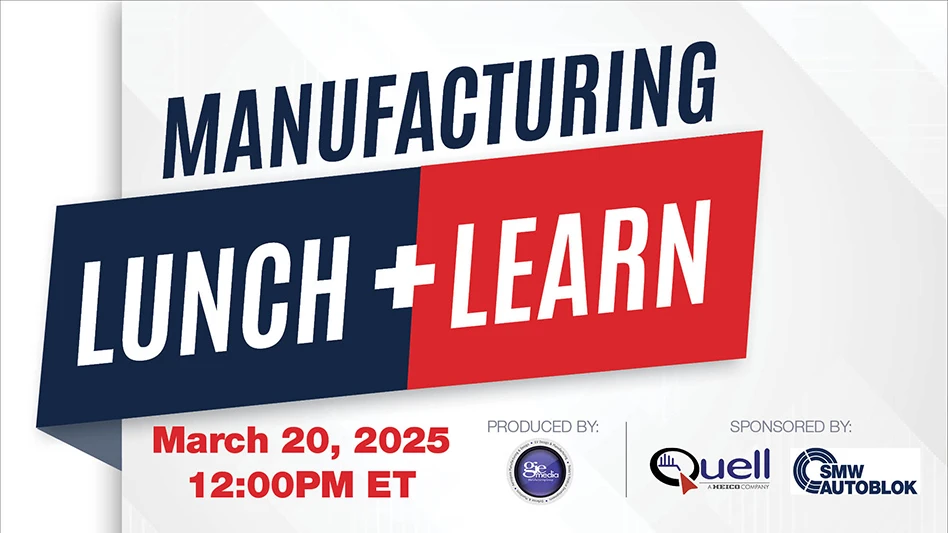
emodic@gie.net
Assessing the current sentiment of manufacturing and distribution industry professionals in Europe, the Middle East, and Africa (EMEA), North America, and Asia-Pacific (APAC), Syspro’s 2021 global research study, “Realigning the Links of the Disconnected Supply Chain,” asked participants about the challenges and solutions they face amid ongoing supply chain disruptions and unprecedented times during the past few years. Revealed were four key themes, highlighting the need for a long-term digital strategy that includes improved data-driven decision-making, customer centricity, and external collaboration.
Disconnect between internal efficiencies, external collaboration investment: 70% of businesses experienced supply chain disruptions and concurrently, 60% of businesses were unable to engage and collaborate with customers and suppliers in real-time. Paulo De Matos, chief product officer at Syspro comments that, “What we’re seeing now is a domino effect of supply chain disruptions…if they are unable to communicate effectively with their external ecosystem and respond to shifts in the supply chain, businesses may fall behind.”
Digital roadmaps not aligned to execution: 69% of businesses considered a digitalization strategy to enhance existing business processes, but just 29% committed to a full digital transformation strategy. To improve customer service, 48% committed but only 23% included external collaboration as part of their strategy. And there was a clear disconnect – 34% focused on investments to improve internal operations management, quality management, and warranty management; 33% looked at improving sourcing, procurement, and inventory management; but just 18% of businesses invested in business systems to improve external collaboration.
Supply chains not competing at a global level: 47% of businesses invested in sensors, and Internet of Things (IoT) networks, yet only 20% of businesses invested in data analytics tools to process and analyze the data collected; only 5% had investigated artificial intelligence (AI) and machine learning (ML). According to De Matos, business models are changing and selling a product isn’t enough to survive long-term, noting that, “manufacturers should ideally assemble a team of companies to offer the best product and best service at the best price. To do this successfully, the right data insights are imperative.”Customers are at the end of the supply chain, not at the center: The above challenges are causing a domino effect with just 22% of businesses experiencing revenue growth and 26% of manufacturers reporting their customers were satisfied with them during the past 12 months. “The customer experience can make or break a business…[and] ongoing and instantaneous external collaboration with suppliers and customers is vital. With real-time data insights into customer needs, improved revenue will soon follow,” De Matos says.
Takeaways from the study show that a digital roadmap has to be aligned to a business’ changing needs and an enterprise resource planning (ERP) system is one step that can provide the platform that helps automate business systems.
De Matos comments that, “Manufacturers have the opportunity to make a change to improve operational efficiency and thrive now and into the future.”
What are your plans for collaborating with customers and suppliers to overcome these supply chain challenges?

Explore the May 2022 Issue
Check out more from this issue and find your next story to read.
Latest from Today's Medical Developments
- Kistler offers service for piezoelectric force sensors and measuring chains
- Creaform’s Pro version of Scan-to-CAD Application Module
- Humanoid robots to become the next US-China battleground
- Air Turbine Technology’s Air Turbine Spindles 601 Series
- Copper nanoparticles could reduce infection risk of implanted medical device
- Renishaw's TEMPUS technology, RenAM 500 metal AM system
- #52 - Manufacturing Matters - Fall 2024 Aerospace Industry Outlook with Richard Aboulafia
- Tariffs threaten small business growth, increase costs across industries





